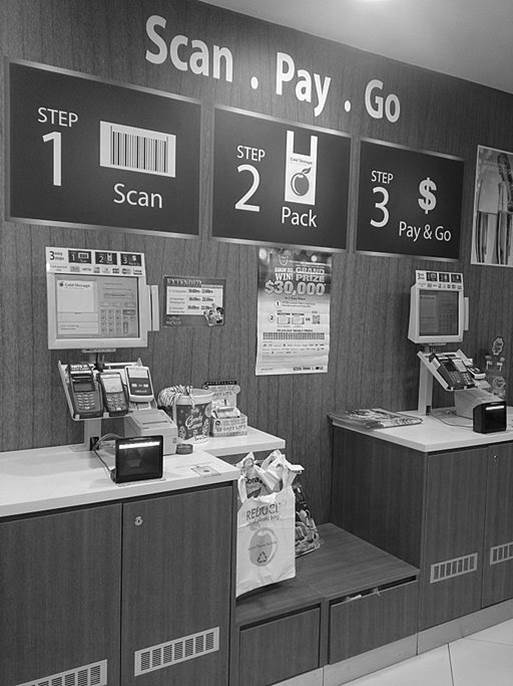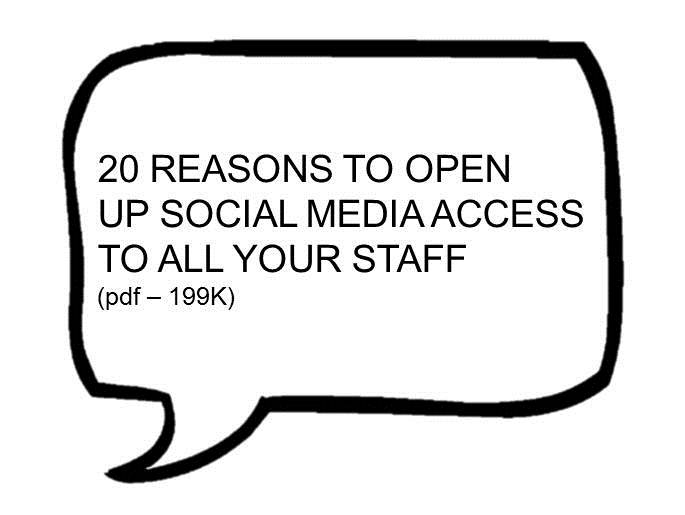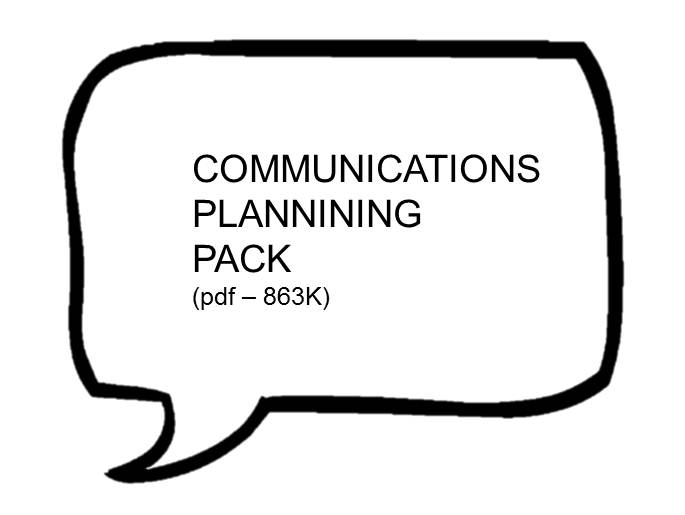 Monday, March 10, 2014
Monday, March 10, 2014 comms disconnect in the bagging area
 In an increasingly automated world, we consumers are being forced to channel-shift into more and more self-service shopping. But what's the impact on customer experience and reputation?
In an increasingly automated world, we consumers are being forced to channel-shift into more and more self-service shopping. But what's the impact on customer experience and reputation?
I was reminded again recently how important customer experience is to a company’s brand and the potential impact a single transaction can have on an organisation’s reputation. This is particularly the case where brand communications aren’t joined up and both your customers’ and employees’ experience are not aligned.
It all started at one of those high street self-checkouts. You know the ones, “unexpected item in the bagging area” (we think you’re a thief) or “approval needed” (you’re how old?).
Firstly, I’ve got to confess, I absolutely loathe the self- checkout. These unfriendly contraptions which are breeding across high street supermarkets are designed with one overriding aim: to reduce costs. They rarely work smoothly and they are not half as efficient as the swift ‘beep-beep’ scan you get when dealing with a real checkout person.
So after waiting for the nearly always weary-looking shop assistant to wave their magic card in front of the scanner, approving my transaction and confirming my date of birth without so much as a first glance, I proceeded to payment. At this point it turns out that the shop assistant wasn’t the only one feeling exhausted, as the self-checkout froze, refusing to budge beyond my £23.39. Enter the supervisor, who was similarly perplexed and unsure whether my payment had been processed. I wasn’t allowed to take my shopping until I could prove payment had been made, so it was suggested I use the cash machine outside the store to print a statement. I reluctantly left in search of proof, glancing behind at the queue of people who looked accusingly at me, frustrated and annoyed because all they wanted do was pay for their shopping and leave.
Isn’t it always the way that, when you need the cash machine to work, it lets you down? I explained this to the shop assistant, who left to find the supervisor again, leaving other people who were corralled like sheep into the self-checkout area, including a number of out of order checkouts, bewildered and waiting for their unexpected items to be authorised as lights flashed and faces looked grumpier by the minute. After leaving my name and phone number, I was allowed to leave the store.
I tweeted my frustration and the following day I received this response: “Hi Steve, please can you DM your email, time this issue occurred, whether there was an error message and the session ID if there was one and I’ll investigate with IT.” My response was somewhat curt as I reminded them it wasn’t really my problem; I’d just gone to do some shopping! I never did receive a direct message or a resolution, so now I have to live with the guilt of knowing that I never paid for my groceries.
I wish I could have filmed the chaos and sentiment in the checkout corral that day. The feelings of exasperation were all too clear, from the frazzled shop assistant who confided in me that their colleagues share an equal loathing for the damned self-checkouts, to the customers who were stretching their necks to see inside the corral, wondering whether enough machines would hold out so that they too could soon be free.
The company’s website states that their primary objective is about saving customers money and, furthermore, they expect their employees to do this with a smile.
So herein lies the problem. Did staff really buy-in to this company objective? Are managers listening to their employees and ultimately their customers? My perception was one of a company that doesn’t save customers money at all. Instead they put profit above customer service and valuing their customers. If the conversation I had with the shop assistant is anything to go by, there is at least anecdotal evidence of a clear disconnect between the company’s brand and the reality on the ground.
It’s well documented that if you make customers wait and you struggle to deliver on your promises, customers are not going to feel special. They are certainly not going to feel any positive emotional connection. So what might this store do to be distinct? We live in the smartphone era, so perhaps they could come up with a clever way of not having to authorise my DOB every time I shop? Maybe they could be human and replace some of the dreaded self-checkout tills with a more personalised experience? I understand there is at least one large grocery chain that allows shoppers to scan as they shop and they are a little more trusting of customers at the checkout. There is one overriding lesson here; ignore your customer experience at your peril. Communicate your primary objective, sure, but don’t ignore what’s in the baggage area. If you fail to communicate the right message or secure buy in from your employees, the customers will feel as confused as your employees and who knows what impact that will have on customer expectation and loyalty. I think I can guess.
Steve Finegan is Head of Business Effectiveness and Communications at Northwards Housing
pic via Wikimedia Commons















Reader Comments (1)
Well said Steve. I'm sure you're not alone in your frustration here. It seems that stores want to implement technology before it's been perfected so as to not get left behind but at the expense of the consumer. On another note, I have noticed over the past couple of years when you do use a real checkout the customer experience is much improved. I enjoy the idle chit chat initiated by employees, even if they are raising an eyebrow at the amount of wine in my trolly!